Naam Tamilar party's Chief Seeman and the Communist leaders had held a war of words recently in a Tamil Nadu village and the dispute was triggered at the backdrop of paying tribute to the deceased people of a massacre at their memorial. The cadres of both the parties had altercated against each other which stirred tensions across the state. Seeman was eventually ousted by the Communist leaders from the memorial and the incident has displayed an overwhelming political divide in Tamil Nadu.
The incident was happened during paying tribute to the people who were killed in the Kilvenmani massacre. It has happened in the Kizhavenmani village in the Nagapattinam district of Tamil Nadu on December 25, 1968. During the massacre, 44 people, who were Dalit village labourers, were murdered by a gang, instigated by the landlords. The labourers had protested for higher wages following the increase in agricultural protection and their protests had irked the landlords and had hired a gang, which attacked the labourers and burnt them to death.
The massacre has become a notable event in left-wing political campaigns at that time and it has pioneered to initiate large-scale reforms in the local rural economy. The Communist and left-wing leaders and people would pay their tribute to the deceased in the memorial in the village every December 25. This year had marked the 53rd anniversary of the massacre and the Marxist Communist Party has built a new memorial for the victims and it was opened by Marxist Communist Party's Tamil Nadu Secretary K Balakrishnan.
Several Communist leaders including G Ramakrishnan, Soundarajan, Nagapattinam MP Selvaraj, MLA Nagai Maali, and hundreds of people had assembled on the event of unveiling the memorial and to pay tribute to the deceased people on December 25. While they were paying tribute, Naam Tamilar party chief Seeman and some of his supporters came to Kizhavenmani to pay their tribute. However, they were stopped and were told that they shouldn't carry the party's flag and only a few will be allowed to enter the memorial.
As per the instructions, Seeman and a few supporters had entered the memorial and paid floral tribute to the victims. However, moments later, he had begun to raise his party's slogans along with his supporters, which shocked the Communist leaders, who had said to Seeman and his supporters that anyone can visit the memorial, but they won't be allowed to carry their party's flag and raise their party's slogans. Our sources say the communist leaders had then asked Seeman and his supporters to leave the place.
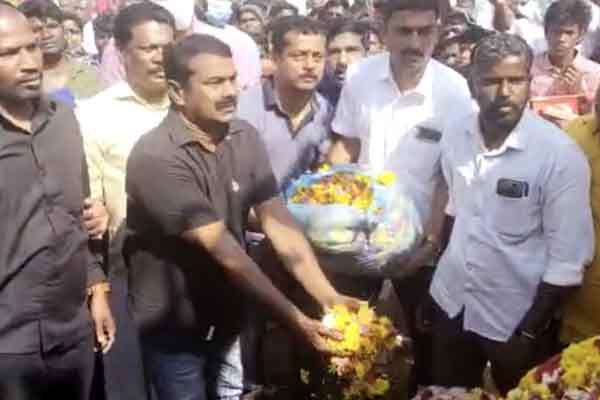
However, Seeman began to shout at them and said that every Tamil people has the right and responsibility to pay tribute to the victims at the memorial. The unanticipated event of argument had sparked an altercation between the cadres of both the parties and the Communists had urged Seeman and his supporters to leave the place. The visuals from the spot, which had shown the quarrel between them, had gone viral on social media and the local people had expressed their dismay that the anniversary has gone wrong with the tussle and politics.
Seeman and his supporters were eventually ousted from the place and the Naam Tamilar cadres had said, "There was a demonstration at Nagapattinam. Our party leader Seeman came with the plan of taking part in the demonstration and visiting the Kilvenmani massacre memorial. We came with our party's flags and raised our party slogans and we were stopped on our way. Some of us had paid tribute in the memorial and the people who were at the memorial had suddenly conflicted against us not to raise slogans."
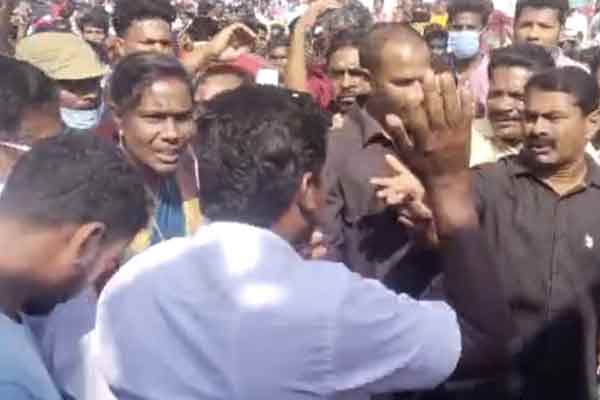
The cadres of the Marxist Communist Party, which is taking care of the memorial, have said, "Anyone can come to the memorial and pay floral tribute. But the slogans raised by the Naam Tamilar party were in a fashion of instigating a political clash. We respect this memorial as a holy place and we have asked them (Seeman and supporters) to leave from the memorial."
A look back at the Kilvenmani massacre:
In 1968, the agricultural labourers, who were influenced by the Marxist Communist party, of unified Thanjavur district had formed a union seeking better working conditions and higher wages from the wealthy landlords. As part of their union, they had hoisted red flags in their villages, which had irked their landlords. On the other hand, the landlords had formed a separate union with yellow flags and begun firing the labourers who belong to the Communist unions. The local labourers had boycotted their works due to layoffs and they had possessed a part of the harvest to negotiate with the landlords.
However, the Paddy Producers Association, which represented the landlords, had hired labourers from outside the village and continued to harvest the produce. Tensions escalated when a local shopkeeper, who supported the protesters, was kidnapped and beaten by the supporters of the landlords. The protesters had then attacked the supporters of the landlords, resulting in the death of one of the landlords' agents. As the protests had intensified against the landlords and with the demand for high wages, several people were killed in Kizhavenmani.
On December 25, 1968, at around 10 pm, the landlords and their supporters had arrived in trucks and surrounded the hutments where a group of labourers were protesting. The gang has first cut the routes to escape and trapped the labourers inside their circle. The attackers had shot at the labourers and several of them entered a hut to escape the attack. However, the gang had surrounded it and set fire on it, burning them to death. The gang had caught the people who tried to escape and put them back into the flame. 44 people were charred to death and these 44 victims include, five aged men, 16 women, and 23 children.
The then Tamil Nadu Chief Minister CN Annadurai had promised action against the culprits and sent two of his cabinet ministers - Public Works Department Minister, M Karunanidhi and Law Minister Madhavan to the site of the massacre. The case had reached the court and in the subsequent trial, the landlords were convicted of involvement in the massacre. Ten of them were sentenced to 10 years in jail, but an appeal court had vetoed the conviction. Gopalakrishnan Naidu, the leader of the Paddy Producers Association, was the prime accused in the massacre and he was awarded ten years of imprisonment in 1970. However, Madras High Court had acquitted Naidu in 1975 and he was murdered in a revenge attack in 1980.



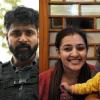

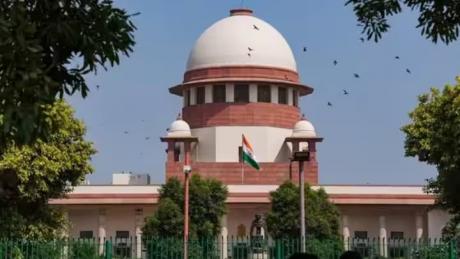
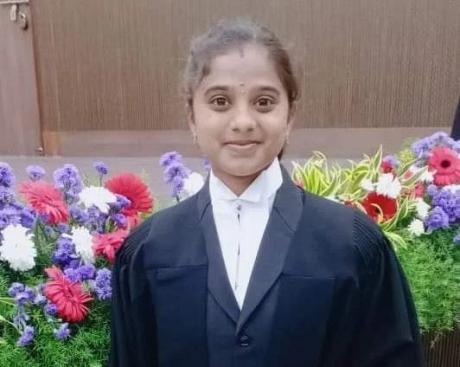
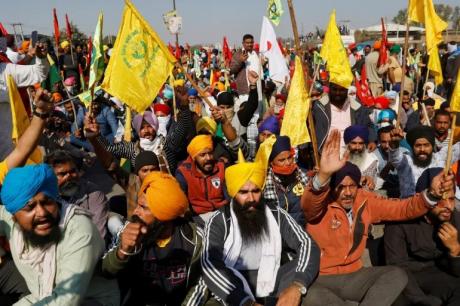
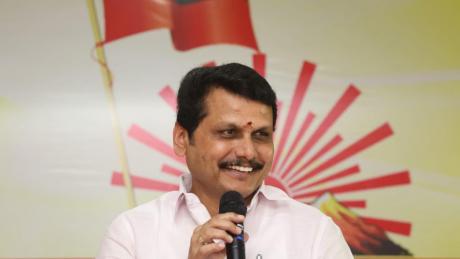
Comments